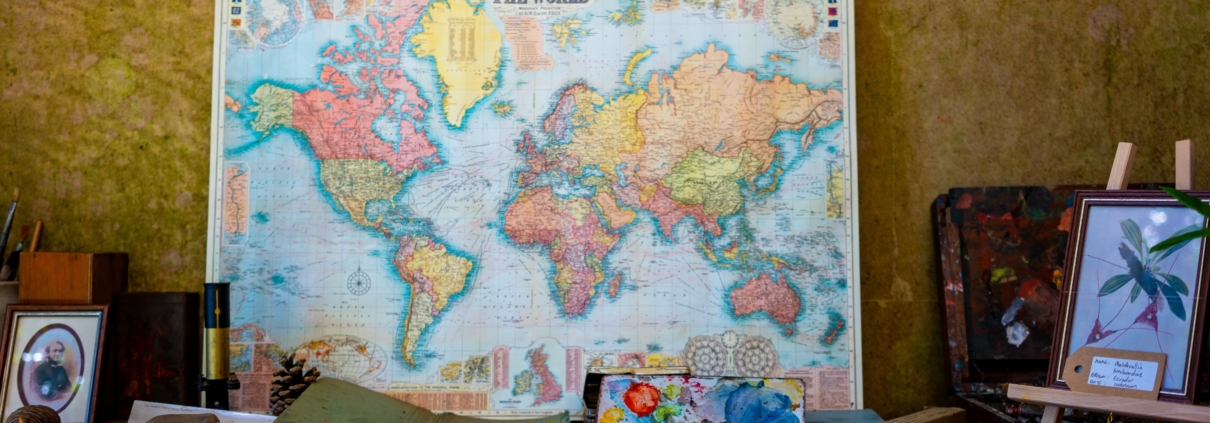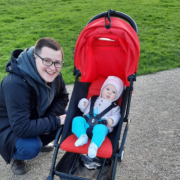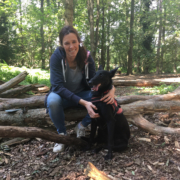Translation vs. localisation – what’s the difference?
One of our daily tasks is to make sure that we communicate our clients’ messages consistently across markets, while at the same time ensuring that any piece of content – especially for earned media opportunities – meets local market requirements and is adapted for local market context. The key to mastering this task successfully is bound up in the term ‘localisation’. I have been doing tech PR across European markets my entire career and believe me when I say that often, this term is more or less used synonymously with ‘translation’. Yet, it is not the same thing and we should all make an effort to distinguish between both terms. Let me give you a bit of an explanation about the difference, why it is so incredibly important, a few examples, and the three key things it takes to really be able to localise content.
Translation vs. localisation – what’s the difference?
Translation means converting content from one language into another. While it takes into account each language’s standards and guidelines, it stays as closely as possible to the original. Hence, translations are good for user manuals, scientific articles, survey questionnaires and earnings releases.
Localisation, in contrast, is much more complex. It is about adapting content and stories to local audiences and local requirements. PR and multimedia content, website copy but also apps and software are ideally localised rather than translated. What’s more, even countries that use the same primary language (i.e. Germany, Austria and Switzerland use German as (at least one of) their official languages) require a somewhat different approach. At the most basic level, this means ensuring that arguments made in content are backed up with local statistics and data points.
An easy everyday example: localising US press releases into German
Press releases have a different structure in Germany, and if we want to generate coverage on the back of distributing a press release, we need to adhere to a few necessary changes from the US version of a release. That means:
- Providing German language releases / information for starters: if it is not relevant enough to be localised, it is not relevant enough to be distributed or pitched. Full stop. If we want coverage, someone has to do localisation work because the journalist won’t do it.
- Allow for structural changes: in German press releases all major pieces of information need to be at least mentioned in the first paragraph. After that, there cannot be any surprises – only clarifications or more detailed information on things that have already been highlighted in the first paragraph.
- Share an image: in Germany, the large majority of news is published alongside an image. Hence, we should always provide one (even if it is a stock picture or a headshot from the quoted spokesperson) and have this picture available in high-res (300dpi) for print opportunities as print is still very relevant here.
- Keep it short: Many US releases tend to be several pages long, and much of the information is usually mentioned several times. In Germany, you should always aim to only have no more than one and a half pages maximum. Anything longer will be disregarded. You can, however, offer supporting content such as fact sheets alongside.
- Leave anything out that wouldn’t be covered anyway such as trademark signs, registered signs, exchange tickers, forward looking statements. Most likely, we won’t be sending any releases over the wire in Germany hence we do not legally need these pieces of information and we make the lives of journalists easier if they don’t have to delete these manually.
tl;dr – three key take-aways for localising content
- Localisation and translation are not the same thing. In PR, we almost always need to localise content to be successful
- Trust is important. Ensure you have a close and trusting relationship with the people localising your content. They will need to have your confidence to adapt content in order to best tell your story.
- Never underestimate the time localisations take. Sometimes it might not be crystal clear why localisation takes as long as it does. Localising a piece properly though can sometimes take even longer than actually drafting a piece from scratch.











